The Evolution Of Dice ! I’ve Been Wanting To Do This One For A Long Time. Is It Pretty Understandable?
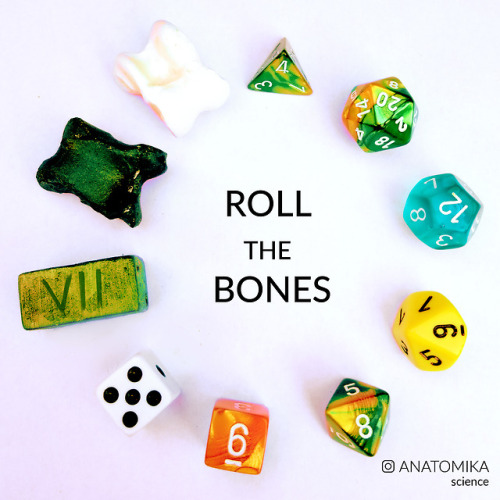
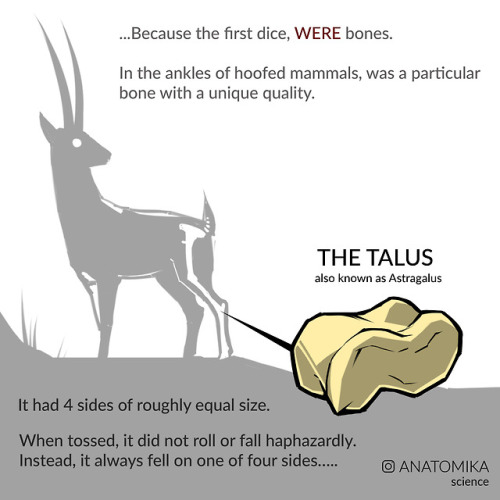
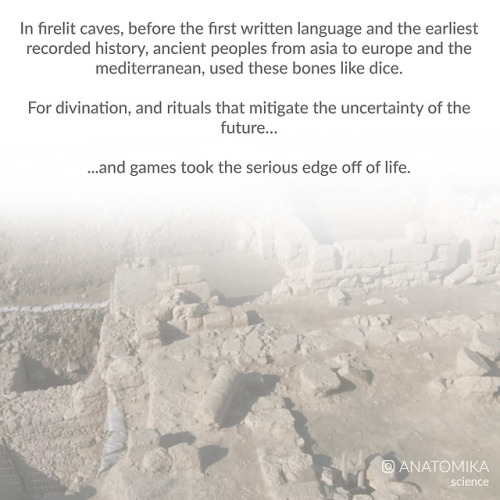

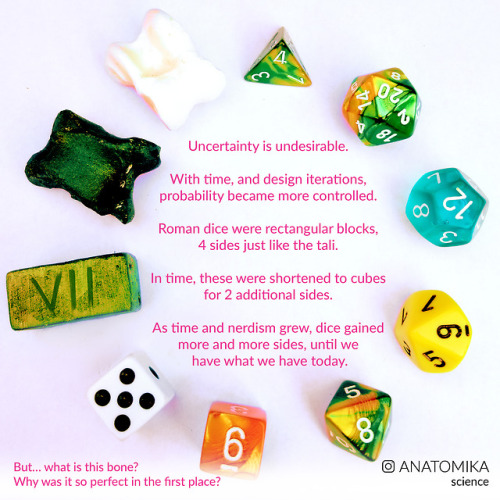
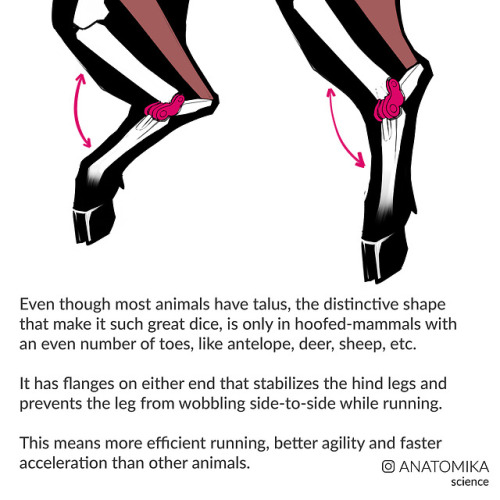
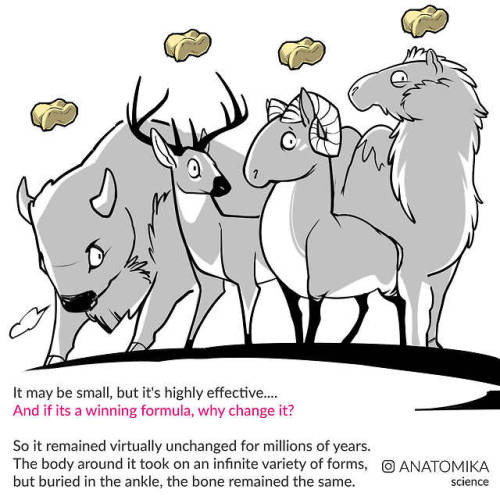
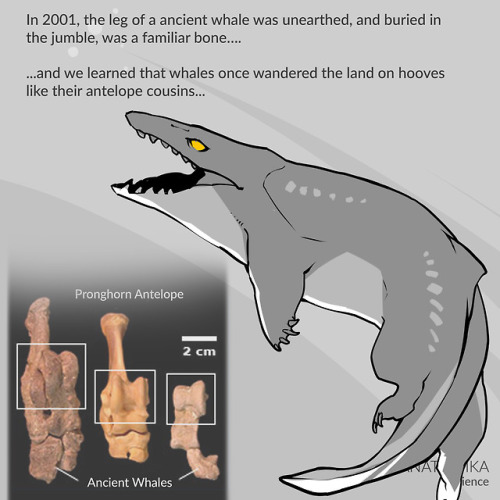
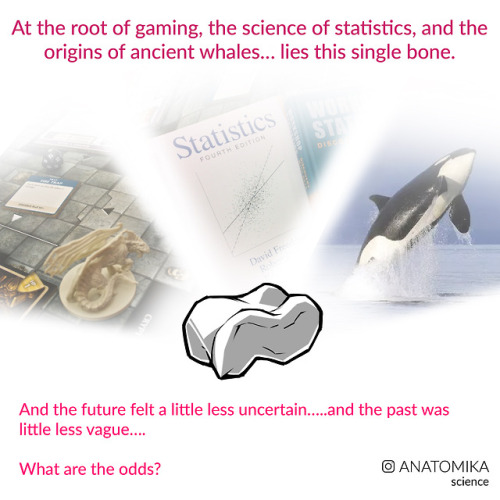
The Evolution of Dice ! I’ve been wanting to do this one for a long time. Is it pretty understandable? Crits welcome!
Tumblr has deleted a lot of my older posts so please follow this other stuff to see more. INSTAGRAM / FACEBOOK / ETSY
More Posts from Sciencebloggin and Others

its really cool that we discovered glass which is the material that doesnt have any chemical reactions with anything in the universe very useful for doing chemistry due to being able to put things in it to contain chemical reactions and never having it react with the things that are in it due to it being completely and entirely unreactive to every chemical
palaeoart
Finally got my new air compressor hooked up and we’re back in business on the fossil prep front. First up in the queue was the removal of the excess matrix and cleaning up on this Peronoceras subarmatum which I found on the Jurassic Yorkshire Coast a few months ago. I’ve been out of action on fossil prep for nearly 4 months so it’s nice to be back up and running

Sunset lights the bottom of the clouds, viewed from above.
nprovince101
Rotating clouds above Denver
Watching a snowflake grow seems almost magical–the six-sided shape, the symmetry, the way every arm of it grows simultaneously. But it’s science that guides the snowflake, not magic. Snowflakes are ice crystals; their six-sided shape comes from how water molecules fit together. The elaborate structures and branches in a snowflake are the result of the exact temperature and humidity conditions when that part of the snowflake formed. The crystals look symmetric and seem to grow identical arms simultaneously because the temperature and humidity conditions are the same around the tiny forming crystals. And the old adage that no two snowflakes are alike doesn’t hold either. If you can control the conditions well enough, you can grow identical-twin snowflakes! (Video credit: K. Libbrecht)
The north face of Mt St Helens collapses at 8:32 a.m. on Sunday, May 18, 1980, creating the largest landslide ever recorded and signalling the start of a VEI 5 eruption, considered the most disastrous in US history.


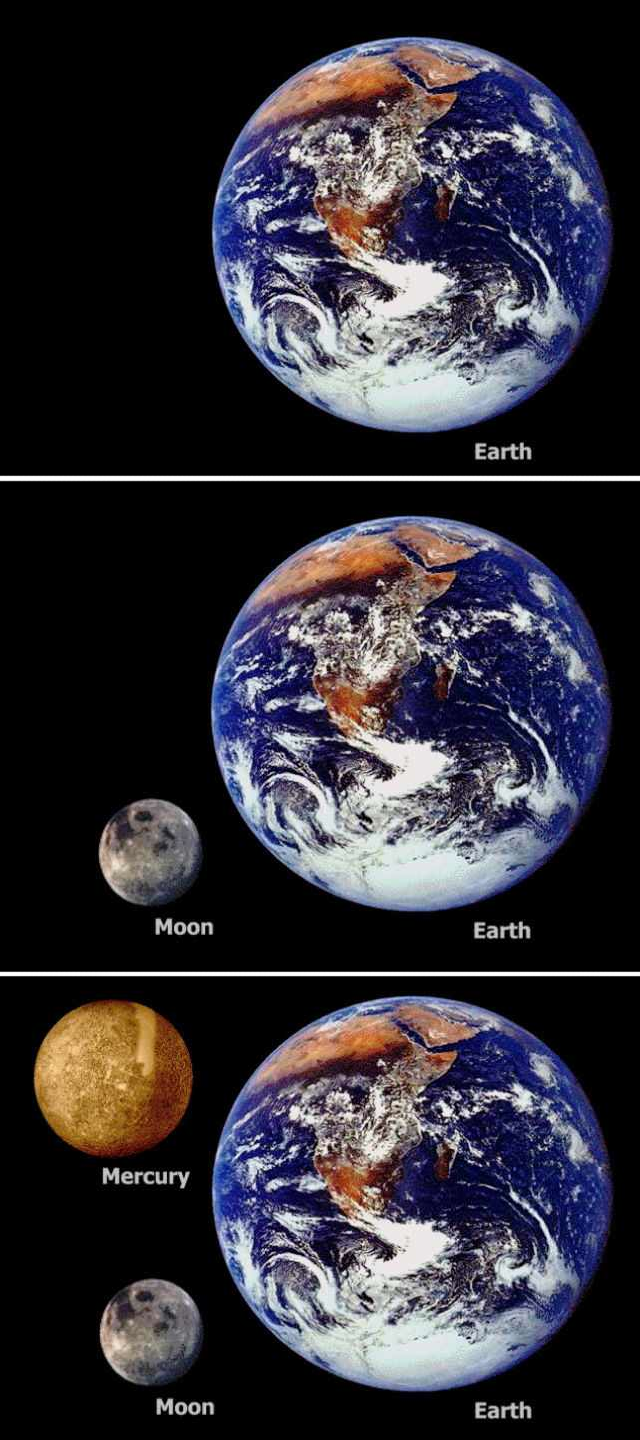
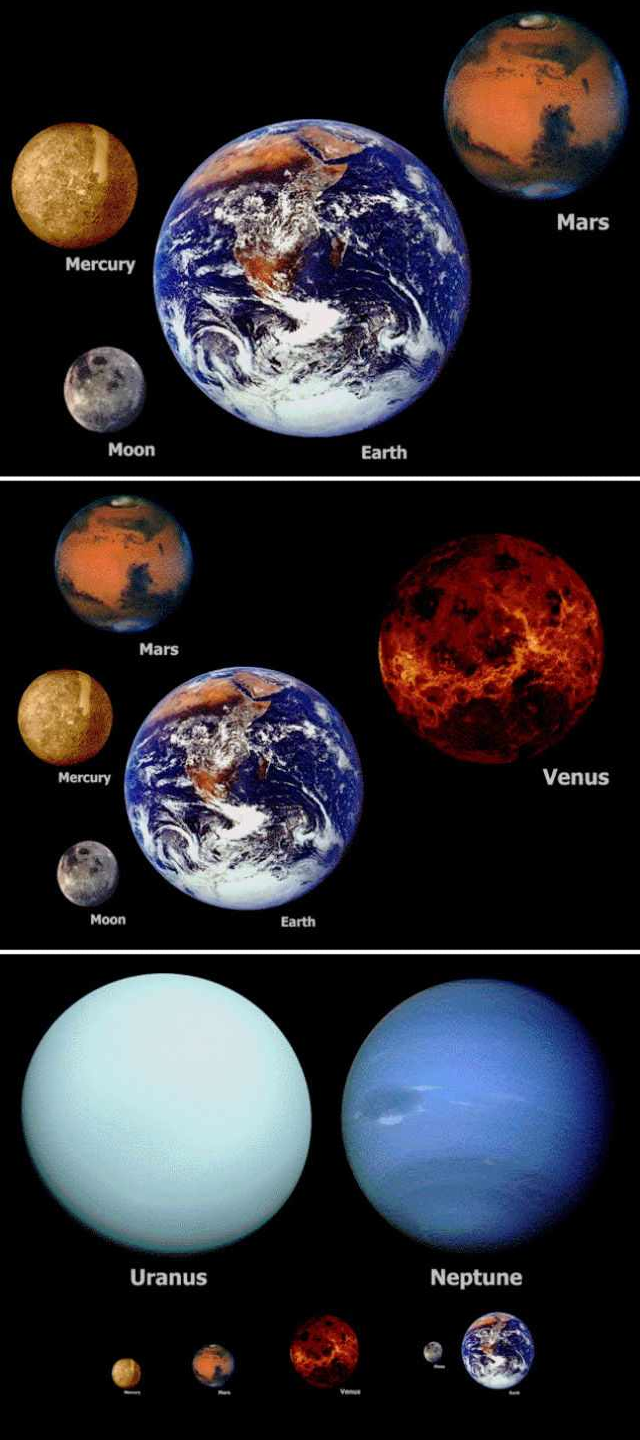
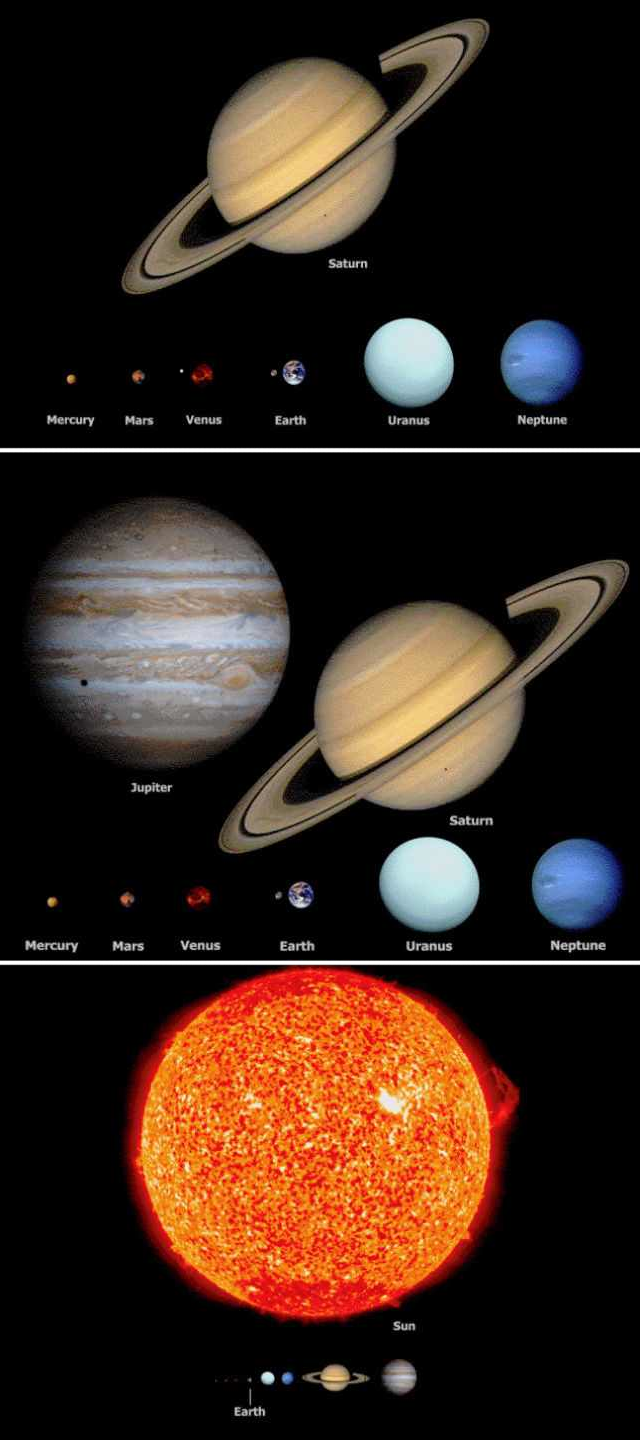
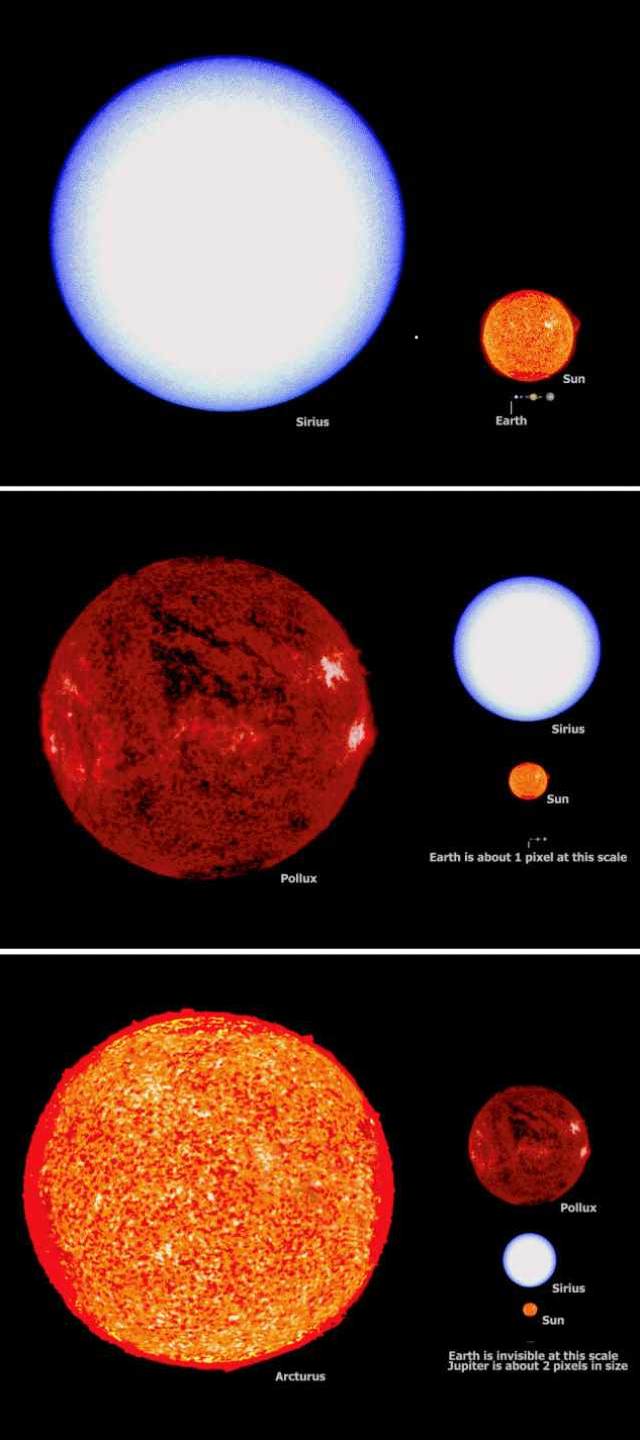



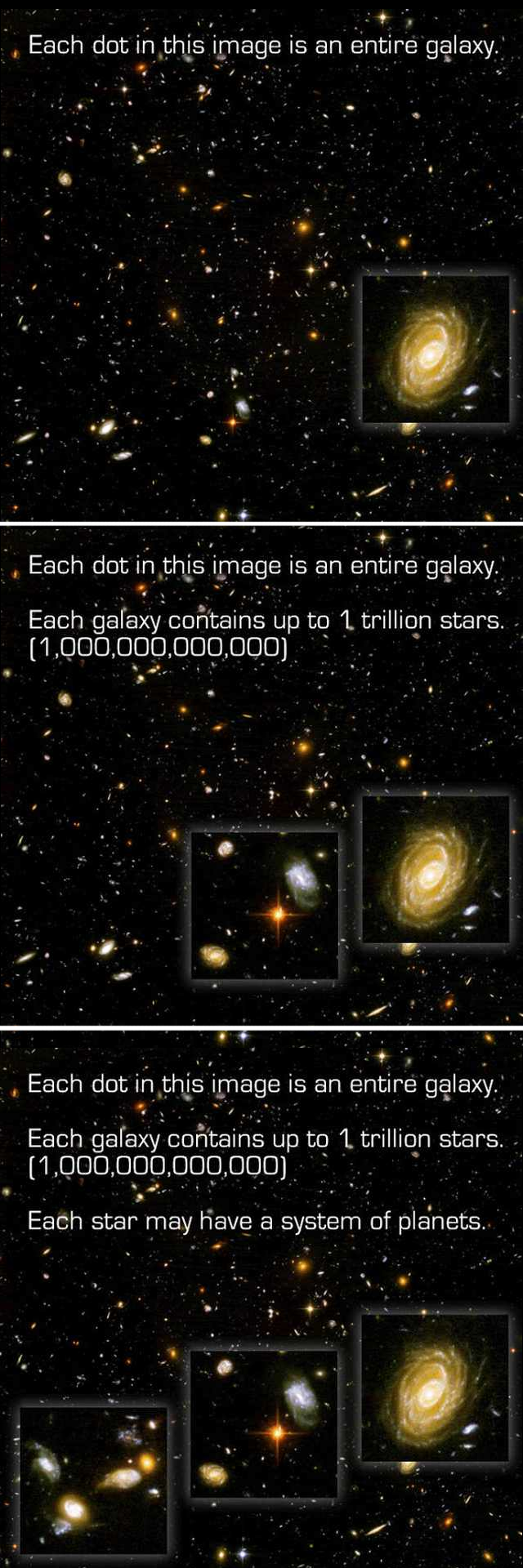

-
 kastiron reblogged this · 3 weeks ago
kastiron reblogged this · 3 weeks ago -
 coeur-dacier liked this · 3 weeks ago
coeur-dacier liked this · 3 weeks ago -
 coeur-dacier reblogged this · 3 weeks ago
coeur-dacier reblogged this · 3 weeks ago -
 idontliketomatoesleavemealone liked this · 1 month ago
idontliketomatoesleavemealone liked this · 1 month ago -
 h4ppyc4t liked this · 1 month ago
h4ppyc4t liked this · 1 month ago -
 dr-variri reblogged this · 1 month ago
dr-variri reblogged this · 1 month ago -
 dr-variri liked this · 1 month ago
dr-variri liked this · 1 month ago -
 merveloyd liked this · 1 month ago
merveloyd liked this · 1 month ago -
 mozzasticks liked this · 1 month ago
mozzasticks liked this · 1 month ago -
 oxytoxic-skeletonin liked this · 1 month ago
oxytoxic-skeletonin liked this · 1 month ago -
 hana-uranai reblogged this · 1 month ago
hana-uranai reblogged this · 1 month ago -
 hana-uranai liked this · 1 month ago
hana-uranai liked this · 1 month ago -
 fairly-curtain liked this · 1 month ago
fairly-curtain liked this · 1 month ago -
 somewhere-in-a-microwave liked this · 1 month ago
somewhere-in-a-microwave liked this · 1 month ago -
 dragonmarquise reblogged this · 1 month ago
dragonmarquise reblogged this · 1 month ago -
 boredoverbordom reblogged this · 2 months ago
boredoverbordom reblogged this · 2 months ago -
 queenofallornothing reblogged this · 2 months ago
queenofallornothing reblogged this · 2 months ago -
 novastellation liked this · 2 months ago
novastellation liked this · 2 months ago -
 shmreduplication liked this · 2 months ago
shmreduplication liked this · 2 months ago -
 atimewillcomeforsinging reblogged this · 2 months ago
atimewillcomeforsinging reblogged this · 2 months ago -
 wanderlogged reblogged this · 2 months ago
wanderlogged reblogged this · 2 months ago -
 katiedingo liked this · 2 months ago
katiedingo liked this · 2 months ago -
 mlleclaudine reblogged this · 2 months ago
mlleclaudine reblogged this · 2 months ago -
 mlleclaudine liked this · 2 months ago
mlleclaudine liked this · 2 months ago -
 iamwhatismissing liked this · 2 months ago
iamwhatismissing liked this · 2 months ago -
 eclectichellmouth reblogged this · 2 months ago
eclectichellmouth reblogged this · 2 months ago -
 superpotatofox liked this · 2 months ago
superpotatofox liked this · 2 months ago -
 faerypoppet reblogged this · 3 months ago
faerypoppet reblogged this · 3 months ago -
 dragonmuse liked this · 3 months ago
dragonmuse liked this · 3 months ago -
 trippyvulcan reblogged this · 3 months ago
trippyvulcan reblogged this · 3 months ago -
 tiemeinbows reblogged this · 3 months ago
tiemeinbows reblogged this · 3 months ago -
 tiemeinbows liked this · 3 months ago
tiemeinbows liked this · 3 months ago -
 cloaked-figure liked this · 4 months ago
cloaked-figure liked this · 4 months ago -
 artistredfox reblogged this · 4 months ago
artistredfox reblogged this · 4 months ago -
 doctorit liked this · 4 months ago
doctorit liked this · 4 months ago -
 malazansapper liked this · 4 months ago
malazansapper liked this · 4 months ago -
 dark-lord-of-awesomeness reblogged this · 4 months ago
dark-lord-of-awesomeness reblogged this · 4 months ago -
 unidentifiedwhistlingobject reblogged this · 4 months ago
unidentifiedwhistlingobject reblogged this · 4 months ago -
 unidentifiedwhistlingobject liked this · 4 months ago
unidentifiedwhistlingobject liked this · 4 months ago -
 skull-in-a-jar reblogged this · 4 months ago
skull-in-a-jar reblogged this · 4 months ago -
 officialsydsquido liked this · 4 months ago
officialsydsquido liked this · 4 months ago -
 notafantasticcat reblogged this · 4 months ago
notafantasticcat reblogged this · 4 months ago -
 he-might-make-me-juno liked this · 4 months ago
he-might-make-me-juno liked this · 4 months ago -
 a-selkie-abroad liked this · 4 months ago
a-selkie-abroad liked this · 4 months ago -
 spifal liked this · 4 months ago
spifal liked this · 4 months ago -
 indifferent-egg reblogged this · 4 months ago
indifferent-egg reblogged this · 4 months ago -
 hybbat liked this · 4 months ago
hybbat liked this · 4 months ago -
 dirtylittlecapitalist reblogged this · 4 months ago
dirtylittlecapitalist reblogged this · 4 months ago -
 oakleavesofsilver reblogged this · 4 months ago
oakleavesofsilver reblogged this · 4 months ago -
 goatbait reblogged this · 4 months ago
goatbait reblogged this · 4 months ago
